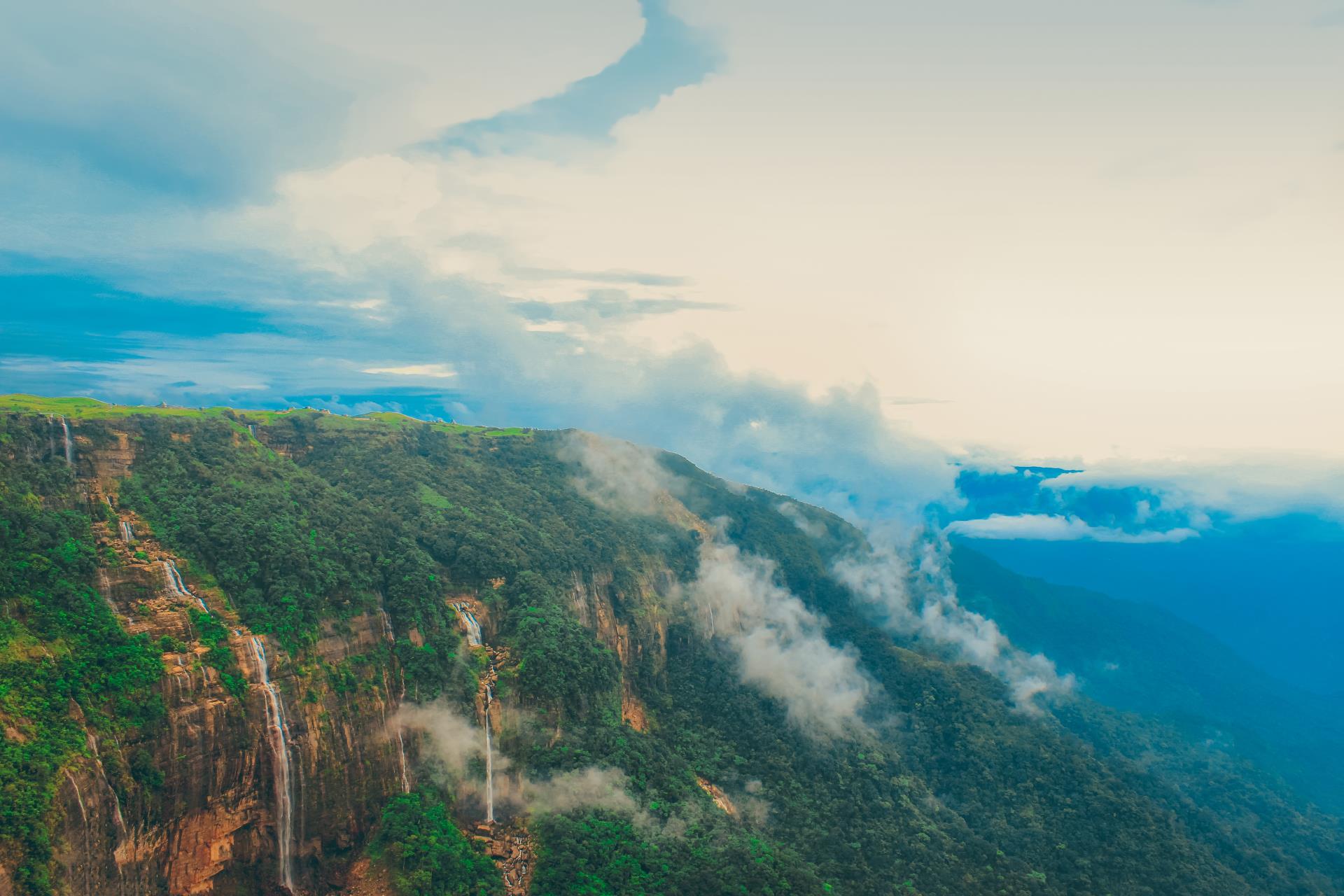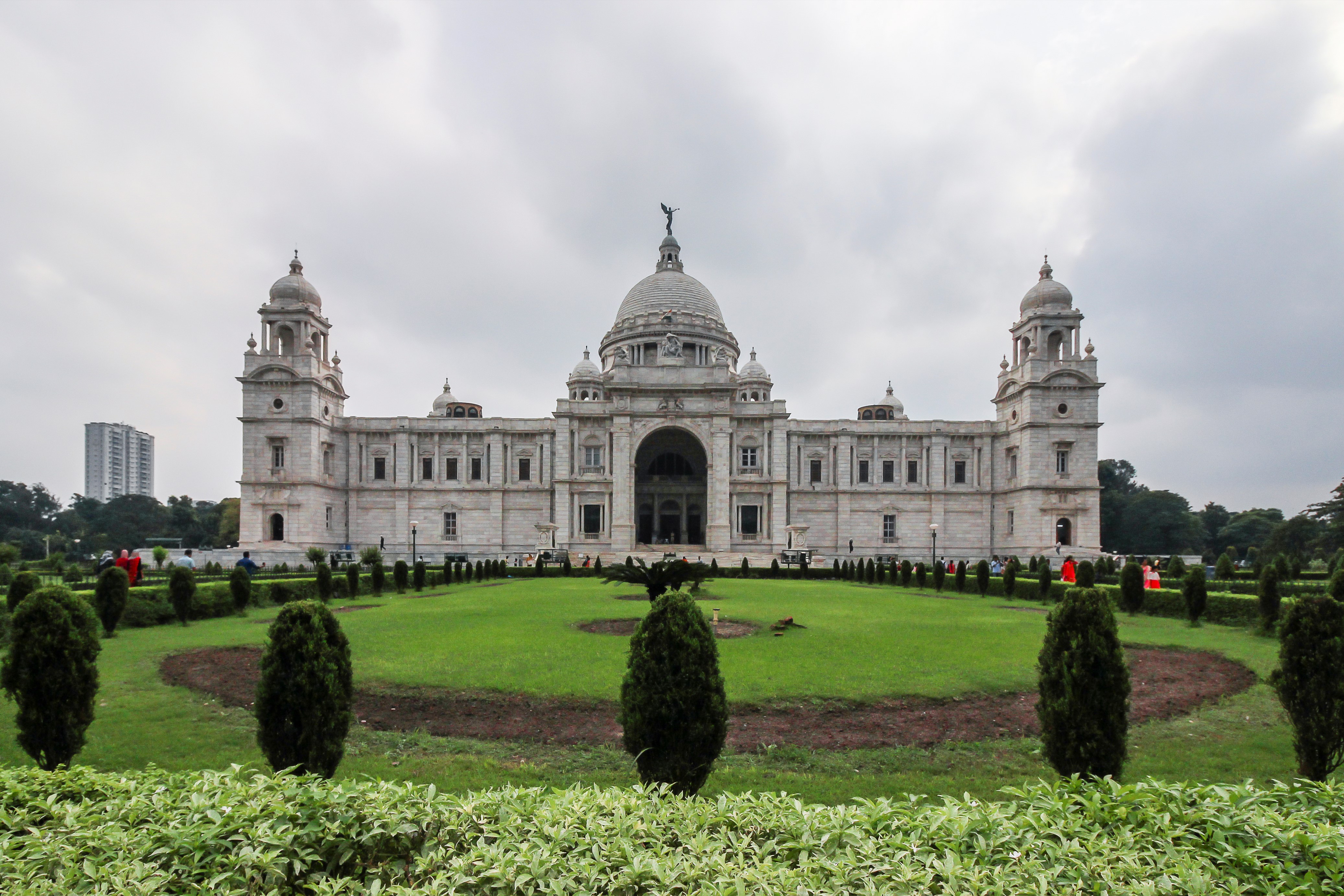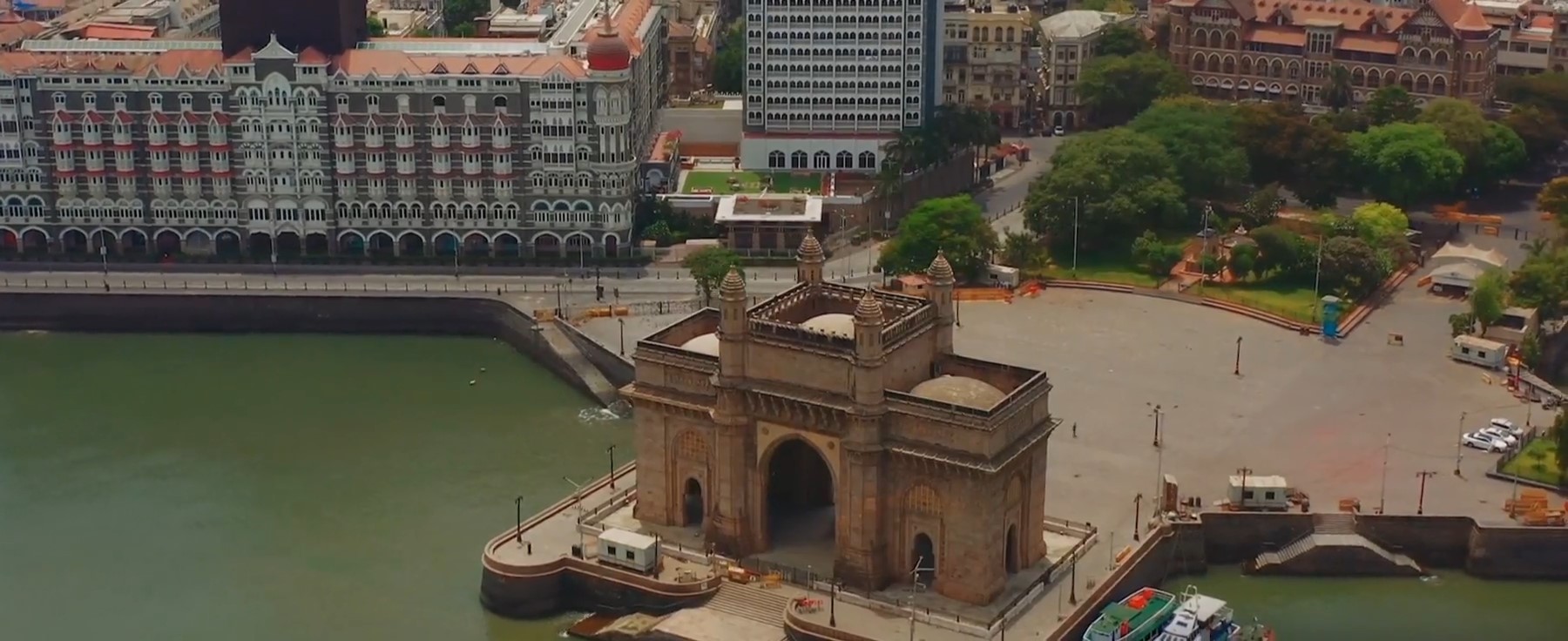
Sorry, we couldn't find anything that matches your search.
Destination

Famous Places to Explore in Hyderabad
A vibrant city with the imposing...

Raipur Tourist Places | Best Place to Visit
The stronghold of several erstwhile...

Ahmedabad
Declared as India's first UNESCO World...
#
 Start : Kolkata
Start : Kolkata
 End : Dhenkanal
End : Dhenkanal
 Time : 5 days
Time : 5 days
Day 1 : Arrive in Kolkata
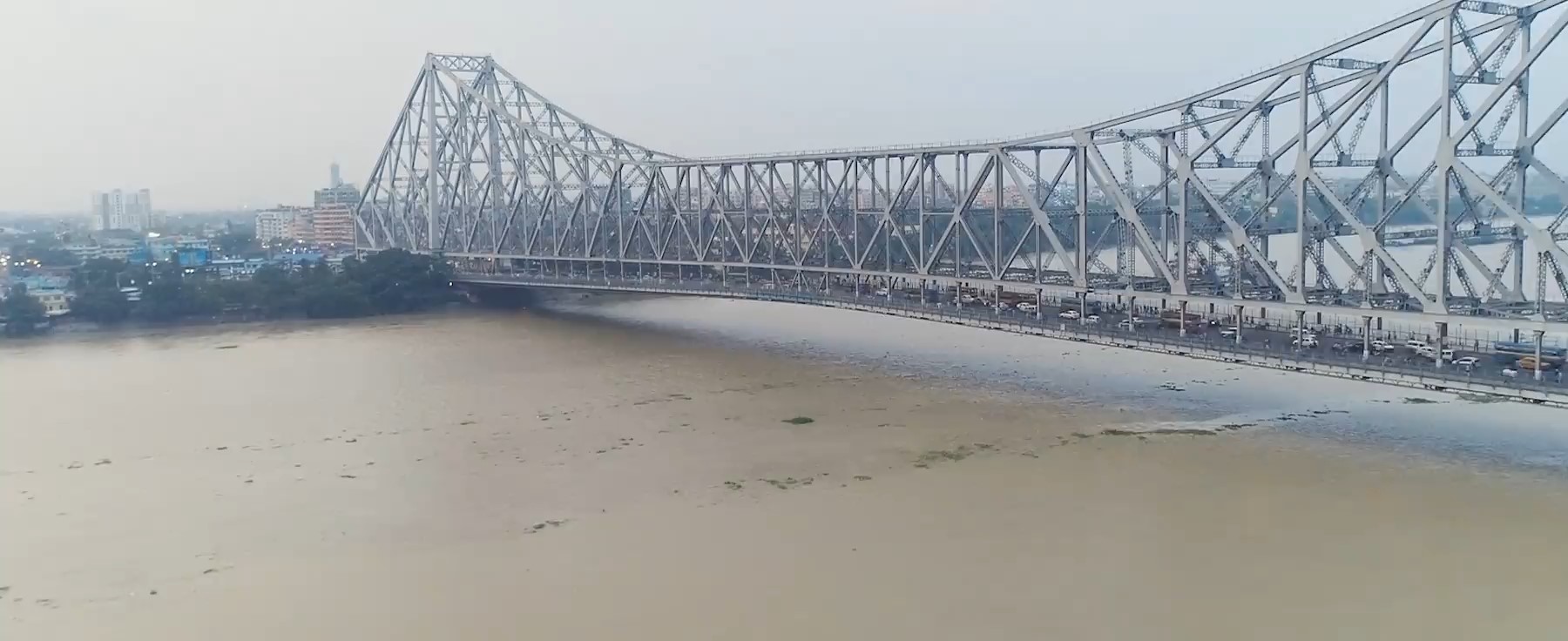
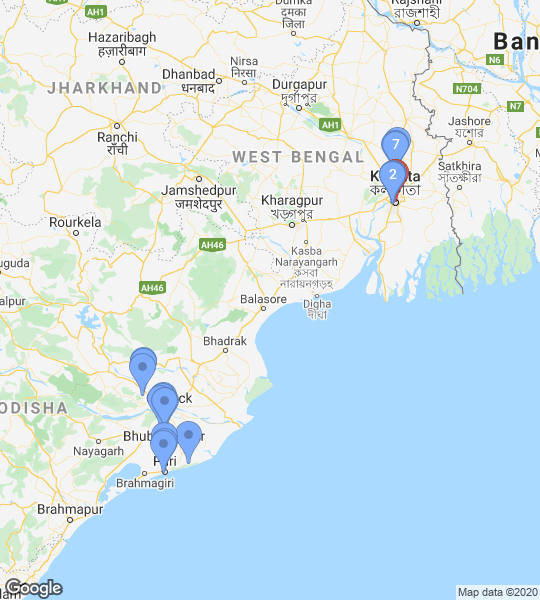
Call it the City of Joy, India’s culture capital, Kolkata (erstwhile Calcutta), is a city with a soul. It is where heritage trams and hand-pulled rickshaws run hand-in-hand with air-conditioned metros, British-age shopping plazas are as crowded as swanky malls and colonial-era buildings rub shoulders with modern-day structures. Here, food and football is celebrated with the same fervour as Durga Puja. There is a popular saying in Kolkata, which, technically, applies to the entire state - baro mashe tero parbon (13 festivals in 12 months) - meaning that no matter what time of the year you plan to visit, you’ll always find a reason to celebrate.
Day 1 Stop 1: Morning: Maidan
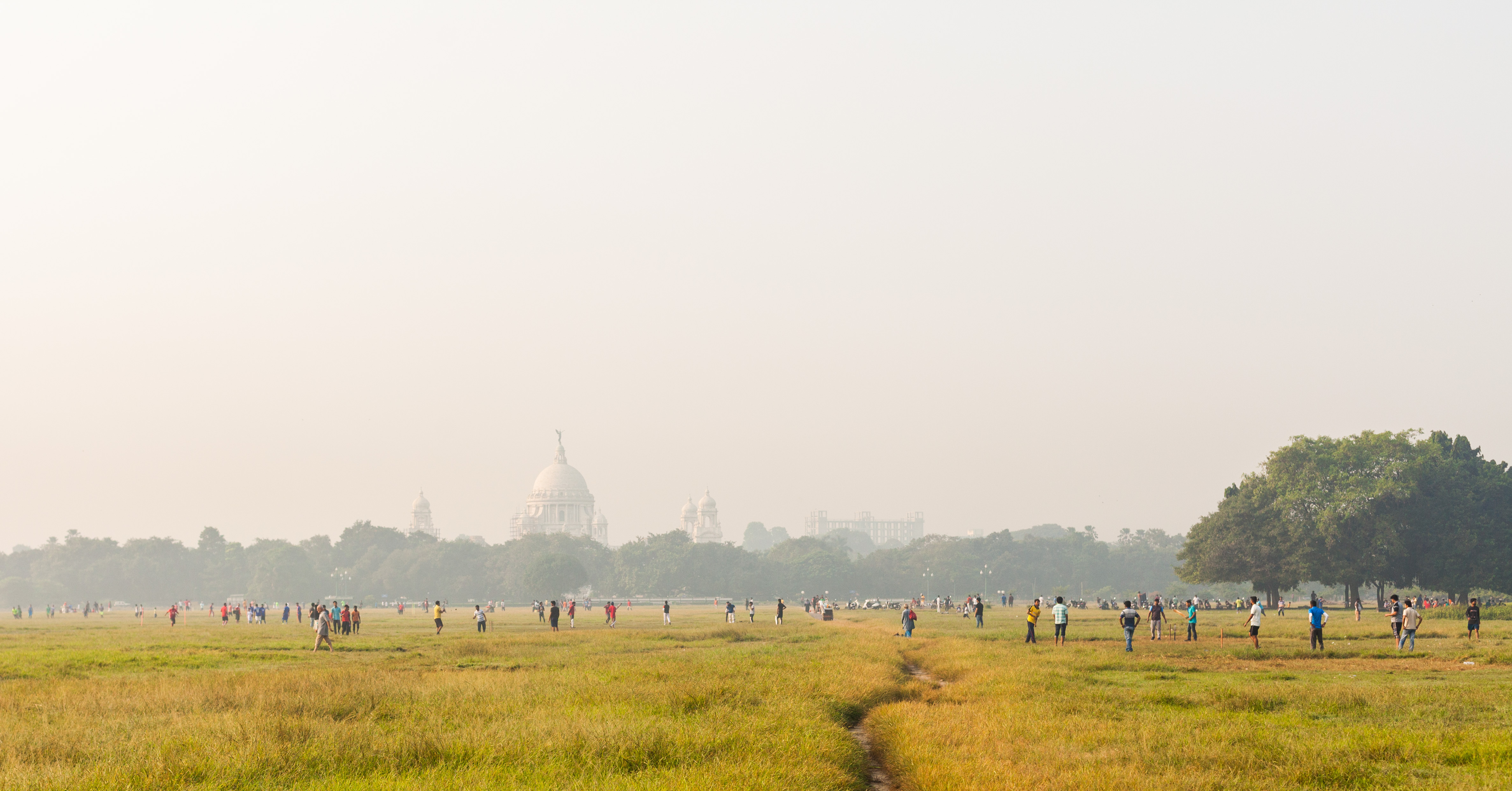
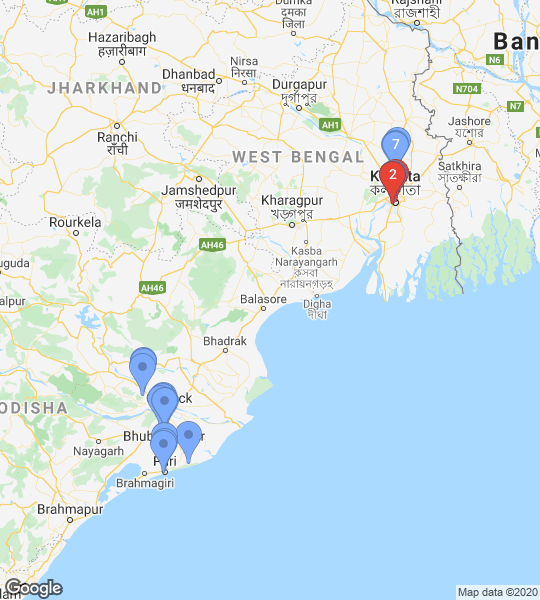
Called the green heart heart of the city, Maidan (also called Parade Ground), is a great spot for a morning walk and one of the best vantage points to view the city skyline. This is best explored in the early hours of the morning.
Good to know:
Maidan, a property of the Indian Army, is also a popular ground for budding sportsperson, joggers and fitness enthusiasts. Even in the wee hours you will find independent vendors selling cha (sweet milk tea) in traditional bhaars (conical earthen cups).
What to do:
Visit the iconic white marvel Victoria Memorial and India’s largest cricket stadium Eden Garden, both located at a walking distance from here.
Day 1 Stop 2: Afternoon: Esplanade

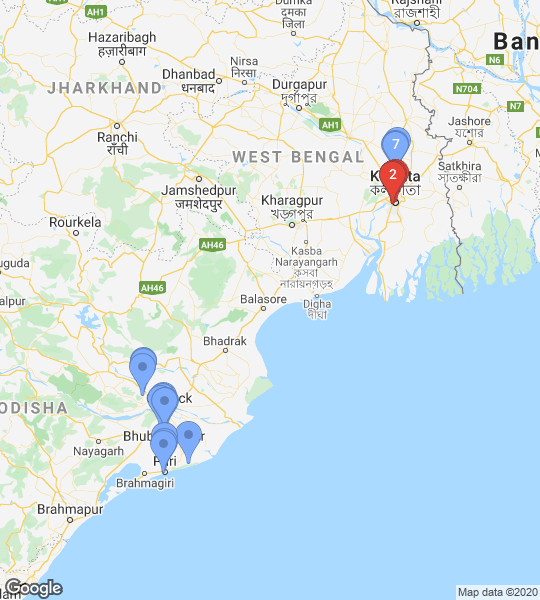
One of central Kolkata’s most-loved neighbourhoods, Esplanade is popular for its markets and a legendary single-screen theatre. From branded apparel to local garments, electronic goods to household objects and from confectioneries to baked delights - this is a one-stop-shop.
Good to know:
New Market, officially called Hogg Market, is the heart of Esplanade’s commercial trade. While there are little chances of bargaining inside the market building, you can negotiate during street shopping in the area.
What to do:
Visit St. John’s Church nearby (an eight-minute walk away). This is where the Moroccan-style mausoleum of Job Charnock, the founder of the city, lies. The compound is also the final resting place for Lord Brabourne and Lady Canning (after whom the famous Bengali sweet ledikeni was named).
Day 1 Stop 3: Evening: Princep Ghat and boat ride

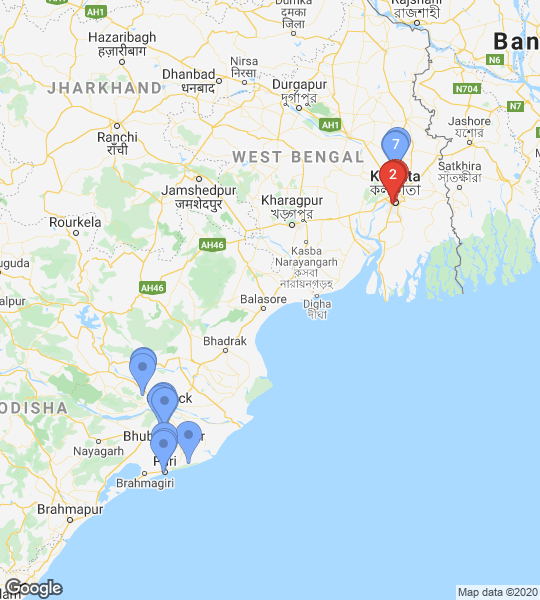
A stunning example of British architecture with wide columns and open spaces, Princep Ghat sits on the banks of River Hooghly with the Vidyasagar Setu stretching above it. Take a boat ride on the river from here during sunset. End your day on a devotional note at Kalighat Temple, one of the 51 shaktipeeths.
Good to know:
Princep Ghat is open 24/7 and is a popular shooting spot, so do not be surprised if you come across an entertainment crew here.
Travel tip:
Avail a metro from the ghat to the temple. You can also enjoy a short ride in a hand-pulled rickshaw that still operates around the temple. Transfer to Chinsurah, once a Dutch trading post, and visit Chandannagar, a former French colony.
Day 2 : Chinsurah-Chandannagar

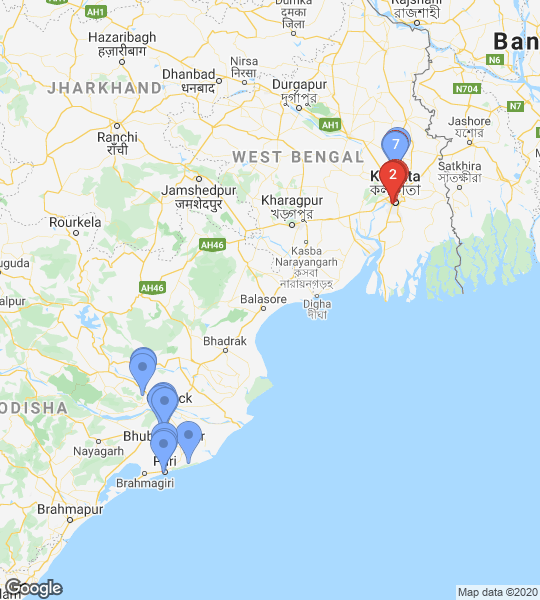
Located five kilometre apart, Chinsurah (locally called Chuchura) and Chandannagar (colloquially called Chandernagor or Chondonnogor) bear testimonies to the state’s colonial history. While Chinsurah served as a Dutch trading post for almost 200 years years, dealing in saltpetre, spices, cotton and indigo, Chandannagar was established as a French colony in 1637. The country left such an indelible impression here that many schools here teach French as a third language.
Day 2 Stop 1: Morning: Dutch Cemetery, Chinsurah


Constructed by Louis Taillefert, an officer of the former United East Indian Company (also called the VOC or Dutch Vereenigde Oost-Indische Compagnie), it is the final resting place for several noted Dutch citizens dating as far back as 1743.
Day 2 Stop 2: Afternoon: Dupleix Palace, Chandannagar

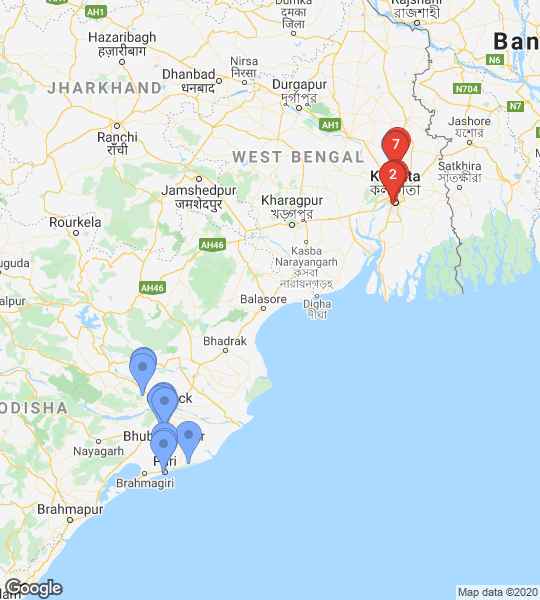
The former residence of Francois Dupleix, the then governor of French India, it has been converted to Institut de Chandernagor, an Indo-French Cultural Centre housing one of the oldest museums in West Bengal.
Day 2 Stop 3: Evening: Strand and Durgacharan Rakshit Ghat

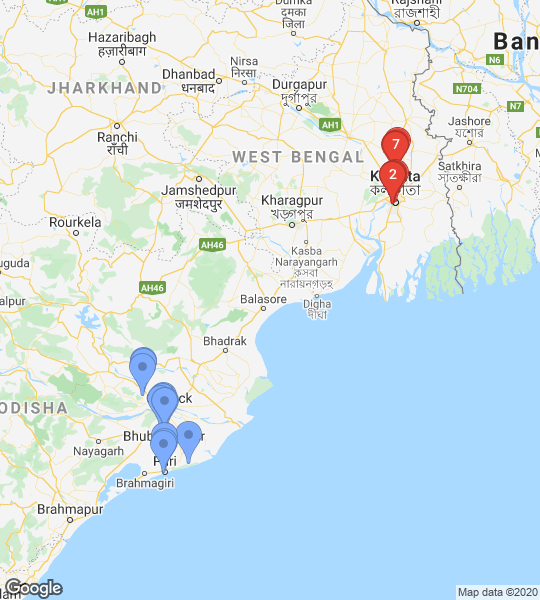
Take a leisurely stroll on the kilometre-long Strand, a sprawling promenade along River Hooghly. Its crowning jewel is the Durgacharan Rakshit Ghat, an elegant pavilion with slender columns boasting beautiful stucco works. Enjoy the cool evening breeze in the ghat’s sitting area.
Day 3 : Bhubaneswar, Odisha

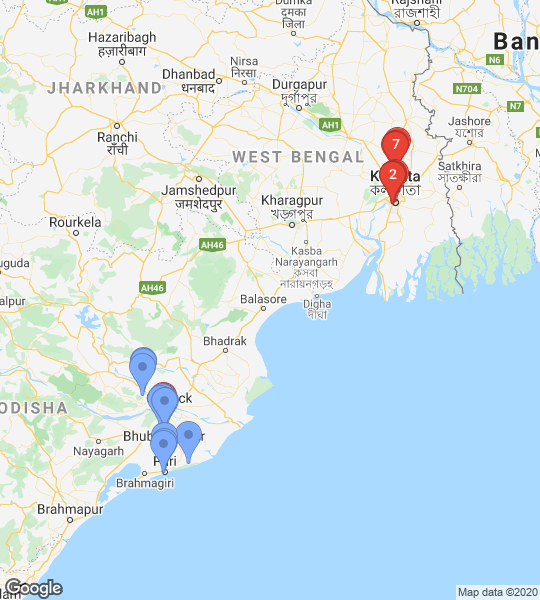
The capital of Odisha, Bhubaneswar is often referred to as the Temple City, a nom-de-plume it earned courtesy the numerous shrines once existed here. According to legends, the city derived its namefrom Tribhubaneswar - ishwar meaning the lord (which refersto Lord Shiva) of the three (tri) worlds (bhuban). Bhubaneswar holds its heritage close to its heart yet marches with the beat of the modern world with sprawling gardens, up-scale retail centres and even a software technology park. Moreover, due to its strategic location in the Mahanadi delta, the city boasts a diverse terrain spanning river basins, forests and wetlands.
Day 3 Stop 1: Morning: Temple Tour
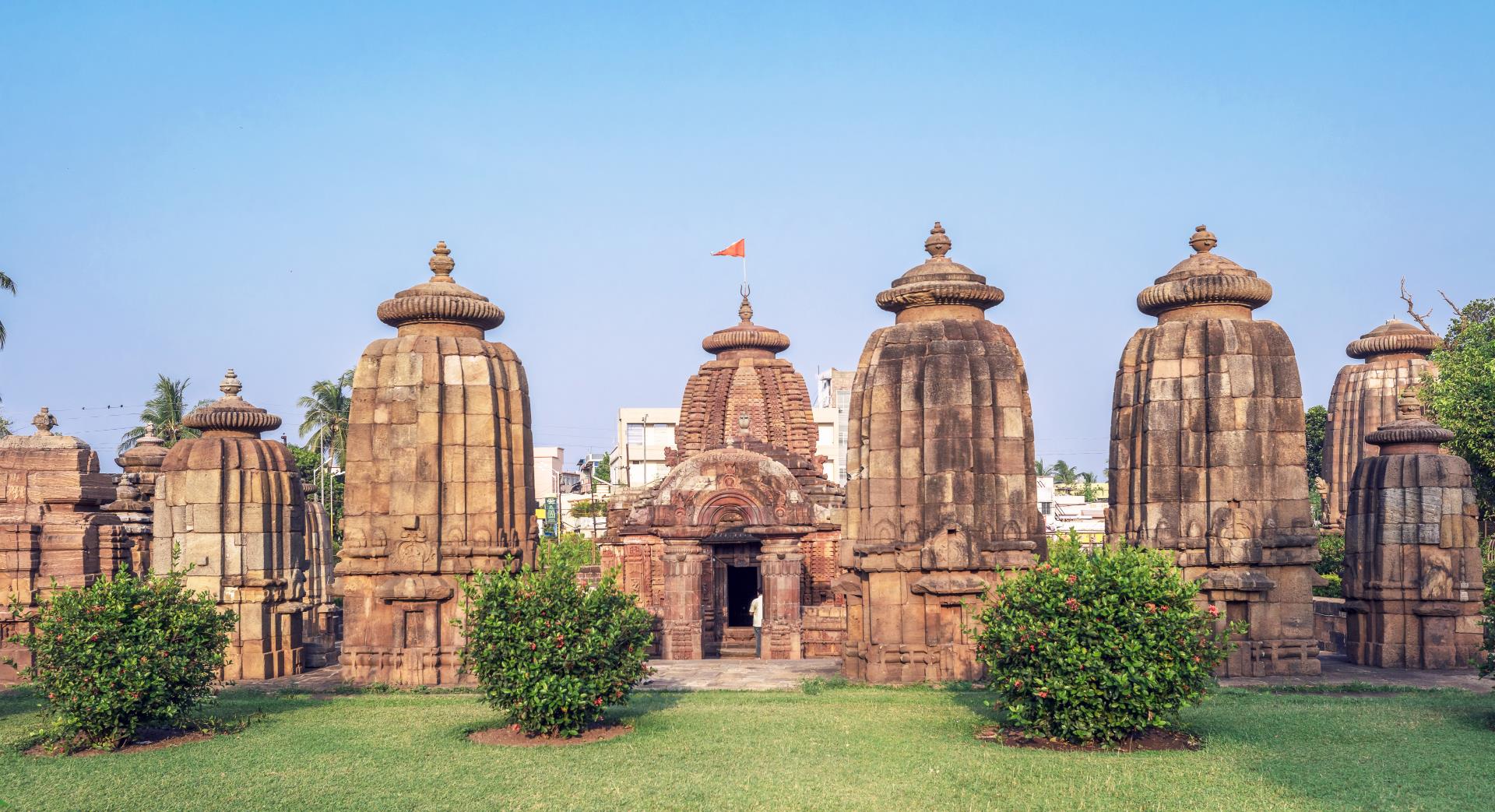
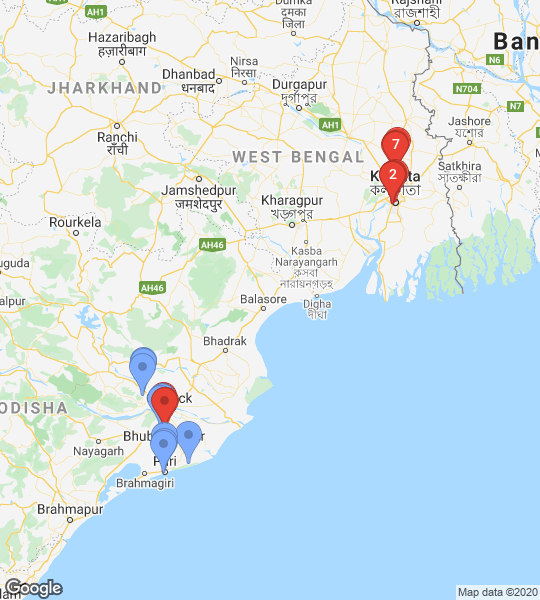
Start on a holy note with a visit to the Mukteshwar temple and Lingaraja (Lingaraj) temple. Dedicated to Lord Shiva, these temples are constructed in the Kalinga school of architecture and are located barely one kilometre apart.
Good to know:
Photography, videography and mobile phones are strictly prohibited inside the Lingaraja temple premises. You can, however, take pictures of the temple facade from the outside.
What to do:
Visit the Bindusagar (Bindu Sagar) Lake, which lies between the two temples. A revered body of water, this is where several religious ceremonies are carried out, one of the most important being boita bandana, a festival that celebrates the state’s maritime history.
Day 3 Stop 2 : Afternoon: Udaygiri (Udaigiri) and Khandagiri Caves
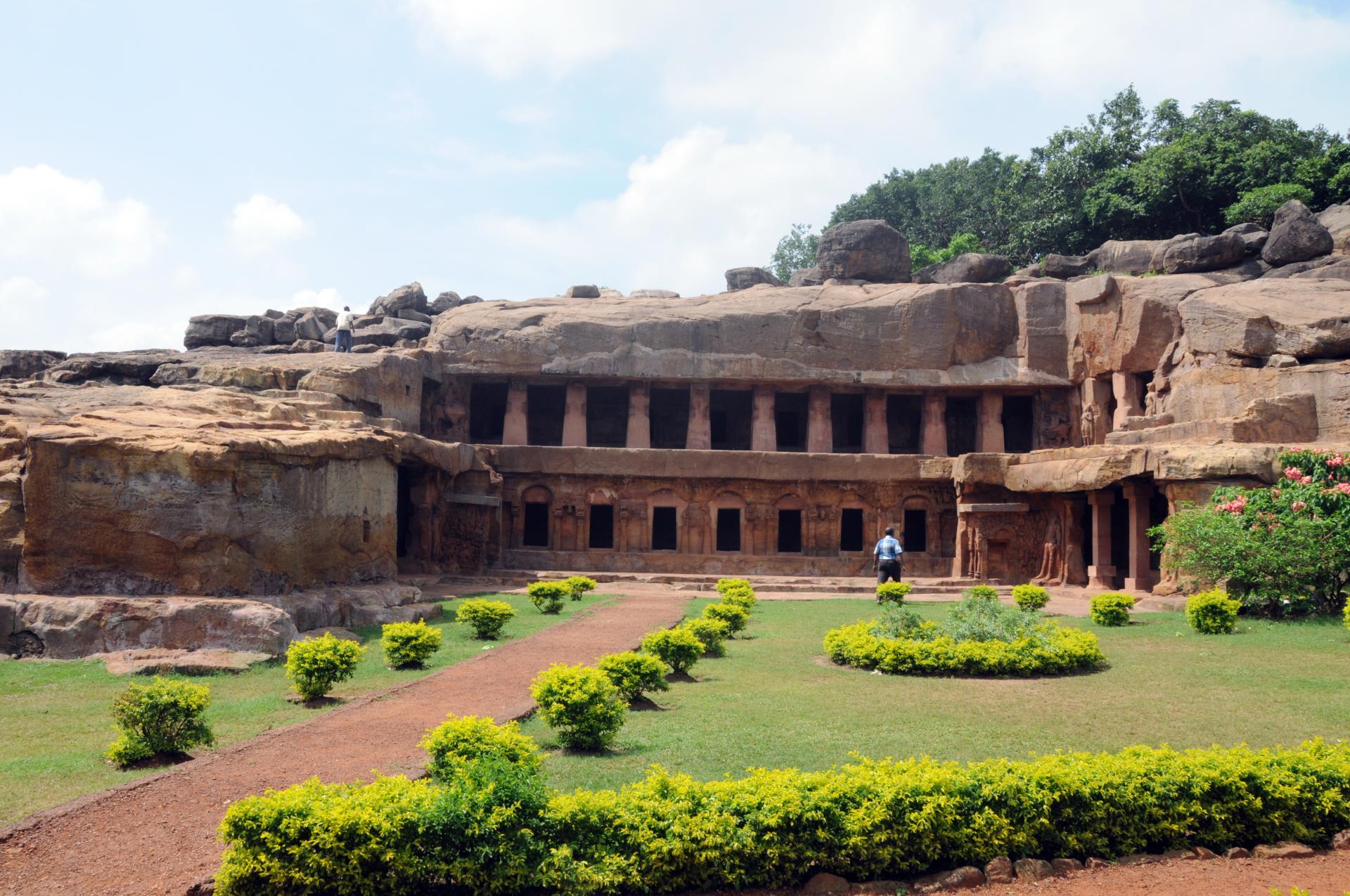
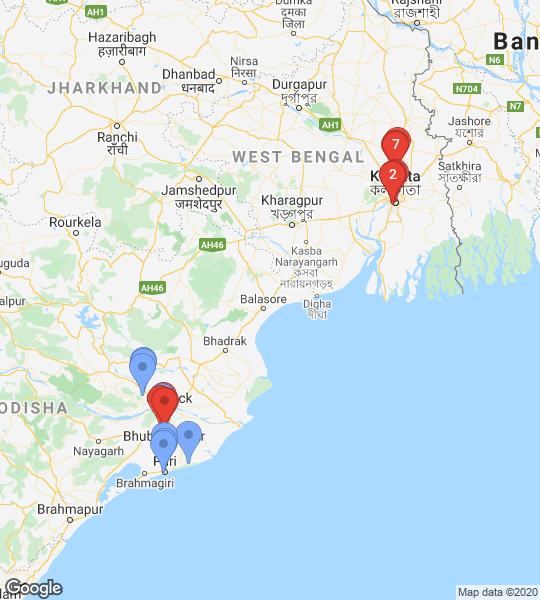
Explore the ancient rock-cut caves of Udaygiri (Udaigiri) and Khandagiri hills that were discovered by Andrew Sterling, a British officer, in the 19th century AD. Originally 117 caves were built sometime during the 2nd century BC, of which today only 33 remain - 18 on the Udaygiri hill and 15 on the Khandagiri hill.
Good to know:
The Udaygiri caves are protected under the Archaeological Survey of India (ASI).
What to see:
The two-storey Rani Gumpha of the Udaygiri caves is known for its acoustics. Keep an eye out for the cave that depicts the Kalinga War through intricate carvings.
Day 3 Stop 3: Evening: Tribal Museum and Ekamra Haat
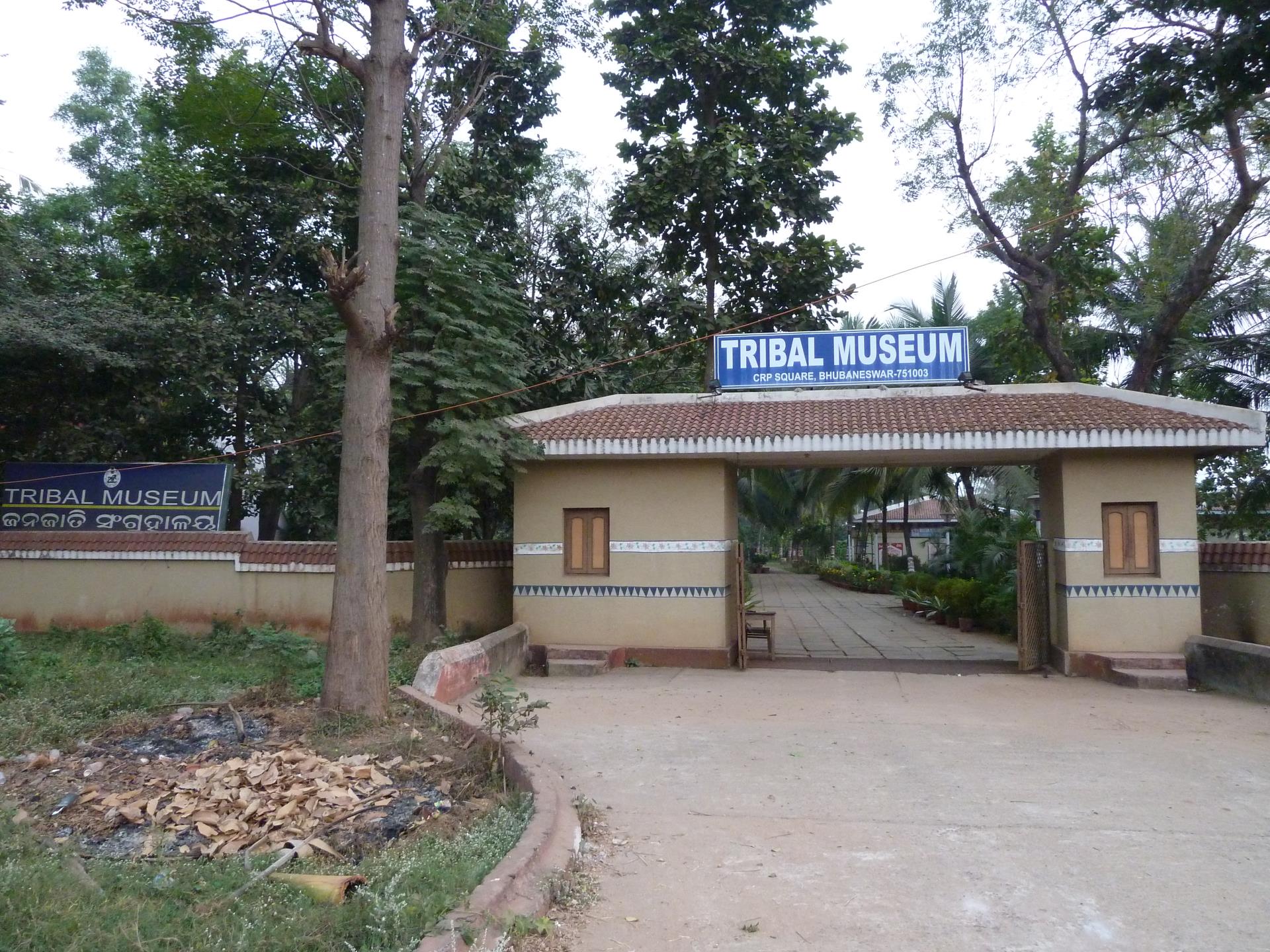

Head on to the Tribal Museum that offers a glimpse of the state’s tribal communities (over 60 of them) and their lifestyle through impeccable replicas of their huts and daily-use objects. A 16-minute drive away lies Ekamra Haat, a crafts village. An initiative of the state government to encourage and promote rural artisans to showcase their products, this is also one of the city’s most popular shopping destinations.
Good to know
Check the timings before planning your visit.
What to do:
Pick up tribal souvenirs from the museum gift shop and such indigenous art works as pattachitra paintings, palm leaf engravings and dokra (bell metal) objects at Ekamra Haat.
Transfer To:
Transfer to Puri the next day and on your way, stop at the Konark Sun Temple and the artisan village of Raghurajpur.
Day 4 : Raghurajpur-Konark Temple-Puri

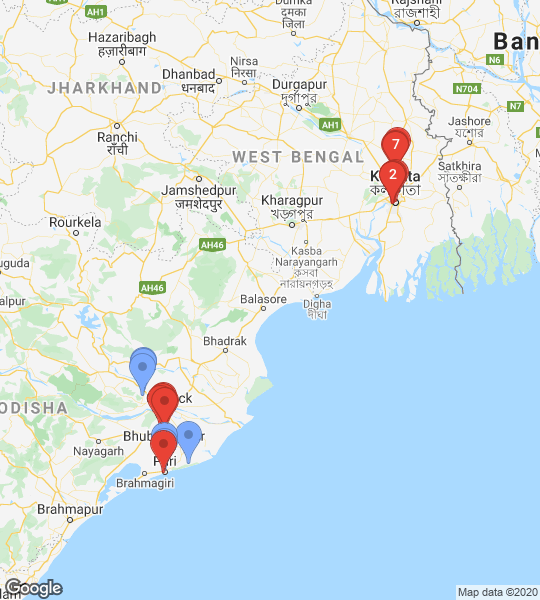
The distance between the state capital Bhubaneswar to Puri, known for its beach and highly-revered Jagannath Temple, is a straight two-hour drive. But the attractions along the way - the Konark Sun Temple and Raghurajpur - are too attractive to miss. This stretch of journey acts like a window into the rich cultural and architectural heritage of the state.
Day 4 Stop 1: Morning: Konark Sun Temple

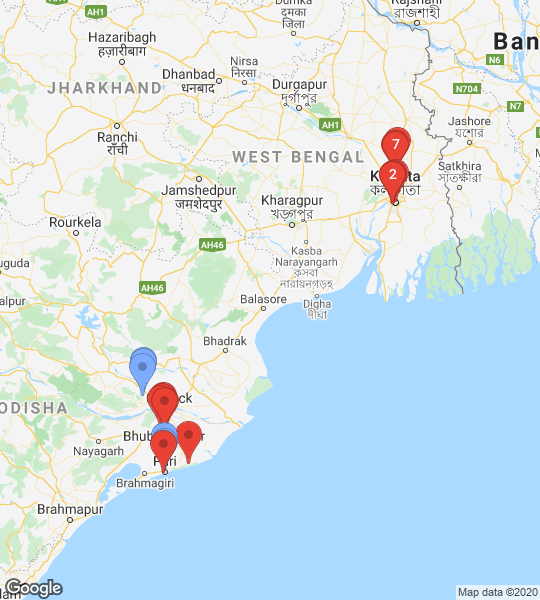
Start early morning to beat traffic and reach Konark in about 1.5 hours. A UNESCO Heritage Site, the Sun Temple is an epitome of Odia temple architecture and is built using three kinds of stone - the boundary wall is made of laterite, temple structure of khondalite and door jams of chlorite.
Day 4 Stop 2: Afternoon: Raghurajpur
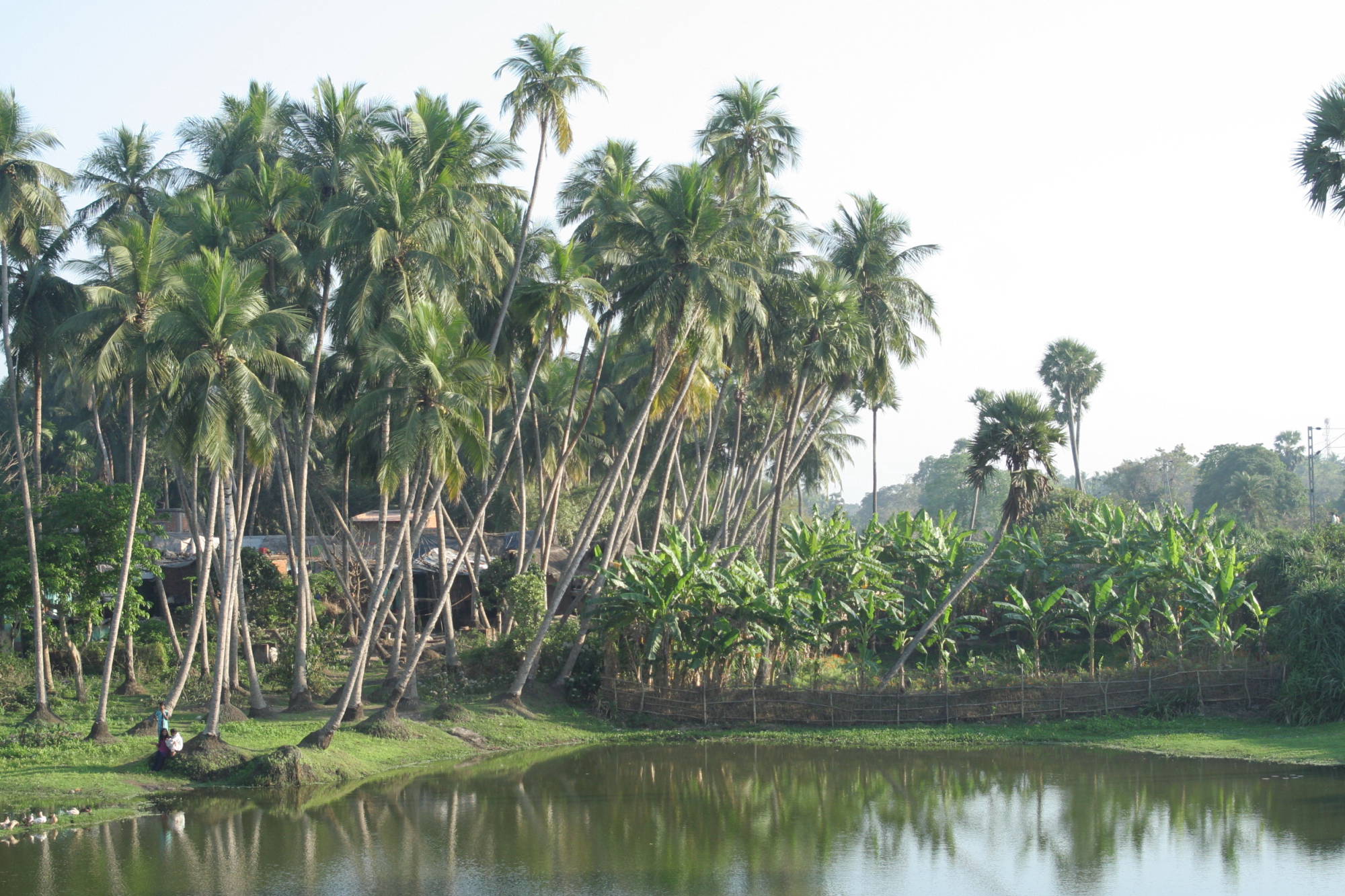
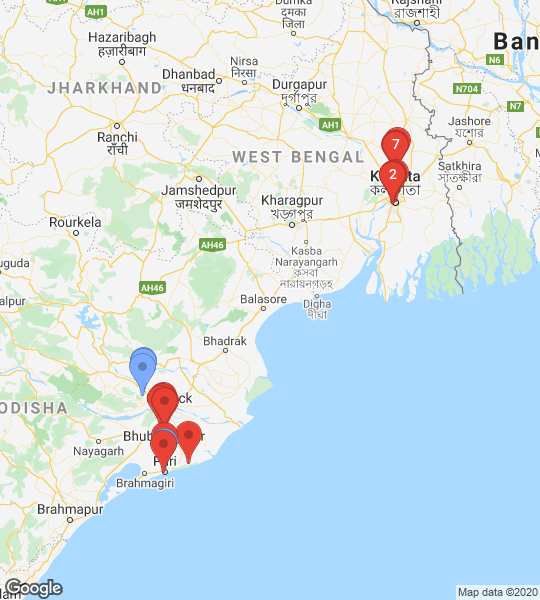
An hour’s-drive away lies the heritage village of Raghurajpur. Every house in this small village is an open museum with walls depicting episodes from Hindu epics and mythologies. The village is known for artisans who excel in the ancient art of patachitra or pattachitra (cloth-bases painting) and talapatachitra (palm leaf engravings). A few artisans here have been bestowed with the National Award.
Good to know:
Raghurajpur is the birthplace of world-renowned Odissi doyen Kelucharan Mohapatra. You can see the gate of the house he lived in. There is a dance school in the village that teaches gotipua, an ancient dance style said to be the precursor of Odissi and is performed only by young boys dressed as girls. A few artisans also offer short-duration courses in the art of pattachitra and talapatachitra.
How to reach:
Buy souvenirs and such decorative objects as painted beetle nuts and coconuts, scrolls of palm leaf engravings and even pattachitra art. These artworks, specially pattachitra and talapatachitra, are highly labour-intensive and are the only source of income for the villagers, so it would be polite not to bargain.
Day 4 Stop 3: Evening: Puri
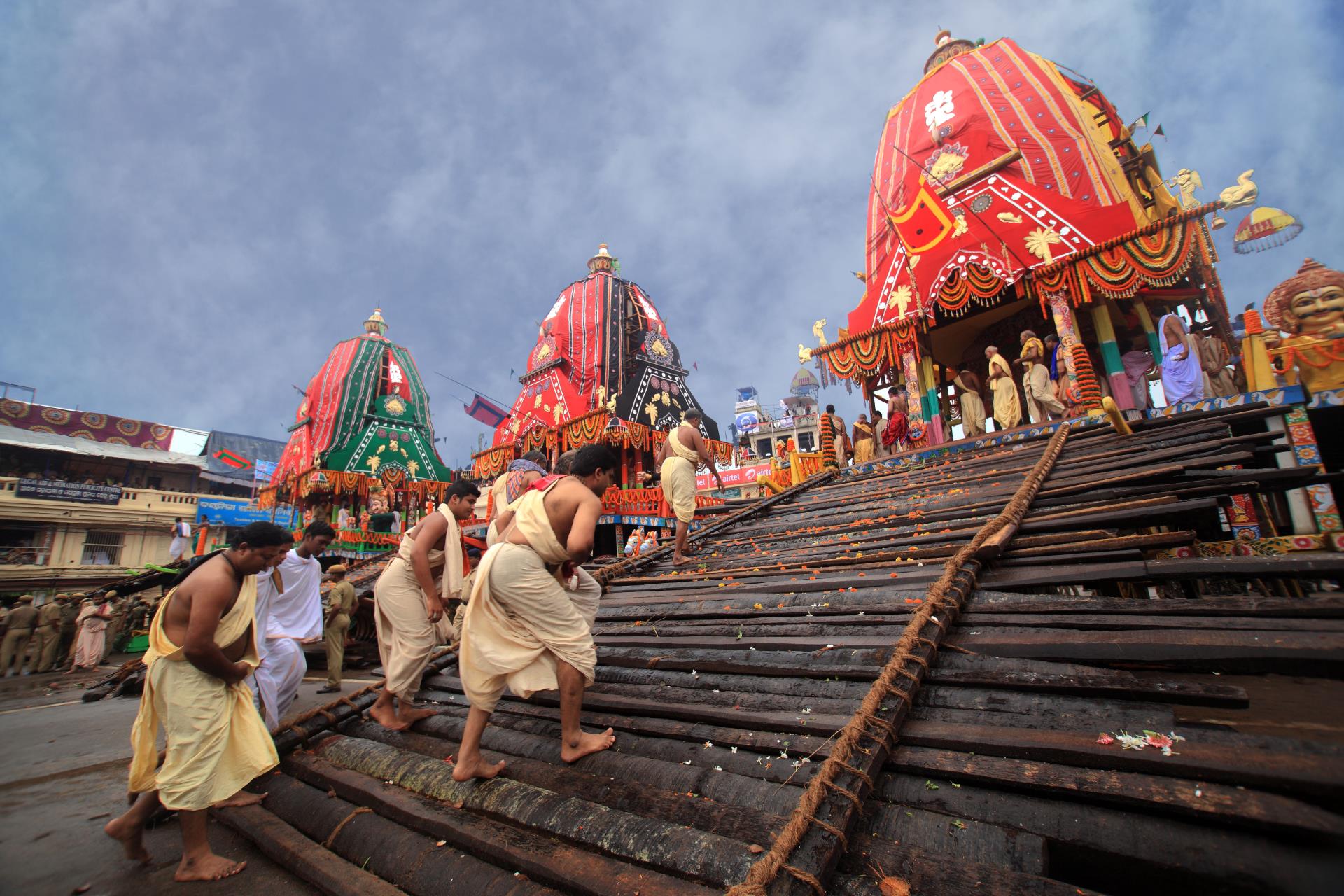
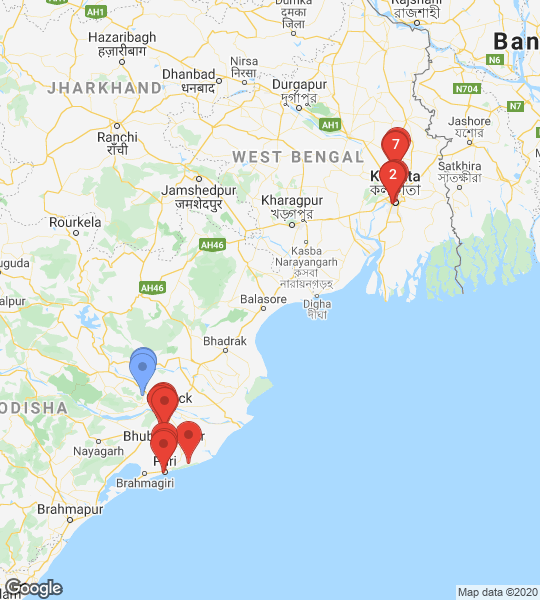
Even before you arrive in Puri, you will catch a glimpse of the 65-m-high spire of the Jagannath Temple. Head to this 12th-century architectural marvel dedicated to Lord Jagannath that is always brimming with devotees.
Good to know:
The mahaprasada (holy offering) that is served to the deities before being distributed among devotees is prepared in earthen pots placed over one another over wood charcoal. Interestingly, the pot on the top cooks first.
What to do:
Spend some time at the beach and savour delicious local sweet treats like khaja and goja at Kakatua, one of the oldest and most popular sweet shops in Puri. Enjoy the cool waters of the Puri beach in the morning before heading off to Dhenkanal.
Day 5 : Arrive in Dhenkanal

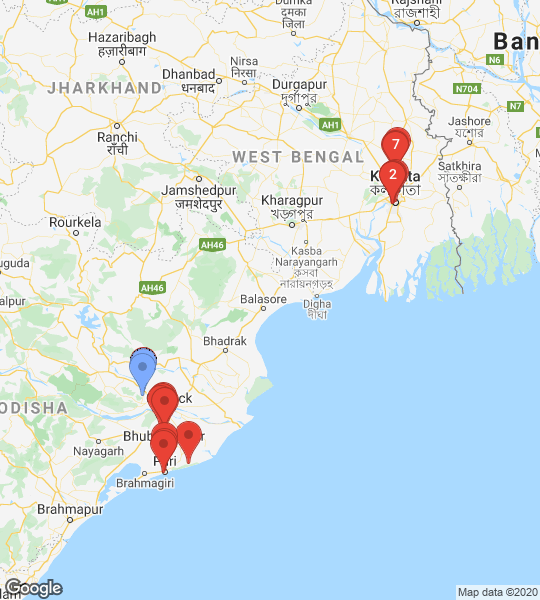
Touted as the capital of royal heritage in central-coastal Odisha, Dhenkanal is named after Dhenka Sabar, the last tribal chieftain of the area. According to local lore, Dhenkanal’s fortifications withstood the Maratha siege and the war. A quaint town, it boasts the only fort-cum-palace in the state and is the administrative headquarter of Dhenkanal district.
Day 5 Stop 1 : Afternoon: Saptasajya
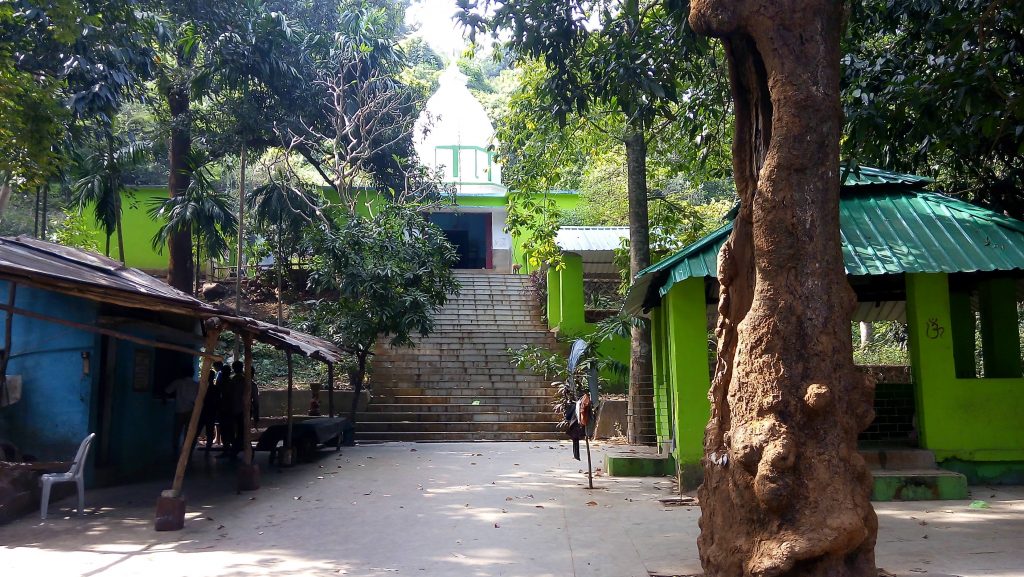
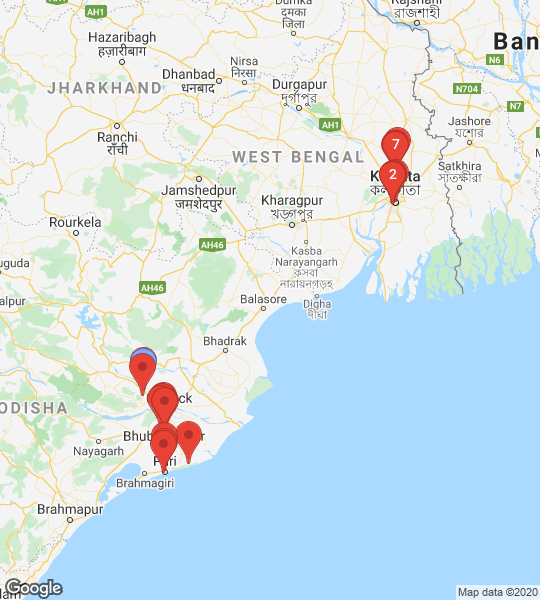
Cocooned in greenery with a meandering stream, Saptasajya is a serene destination. According to mythology, the Pandavas (the five brothers from the Hindu epic Mahabharata) spent a few days of their agnuata vasa (incognito life) here. The main attraction here is the Raghunath temple, built in honour of Lord Rama, Lord Laxmana and Devi Sita (characters from Hindu epic Ramayana).
Good to know:
The temple is accessed by a series of steps, so wear comfortable walking shoes. Also the stairs leading to the shrine are sometimes visited by monkeys, so keep valuables and food inside your bag. It would be best not to carry any edibles.
What to do:
Offer prayers at the shrine and spend some time amidst nature. The ambience around this area is peaceful and is often punctuated by the sound of the temple bells, chanting of mantras and the faint sound of a small stream nearby.
Day 5 Stop 2: Evening: Dhenkanal Palace

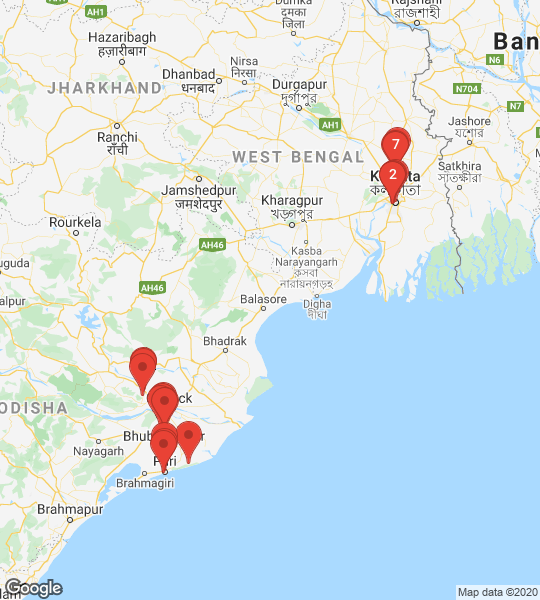
Perched on top of the Paniohala hill (locally translated to hill of hanging water), this palace overlooks the town, a television and radio tower, and Dhenkanal stadium ahead with the dense Dhenkanal forest behind it.
Good to know:
The palace, although the current residence of the royal members, has been developed into a homestay.
What to do:
Explore the myriad artifacts and antiques on display.









